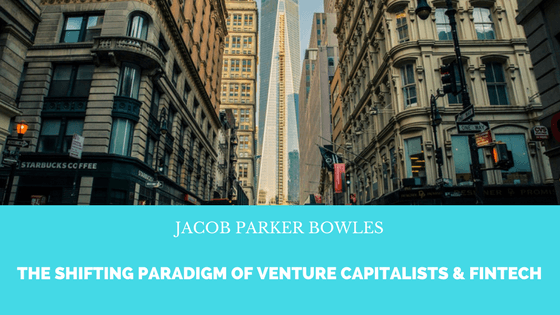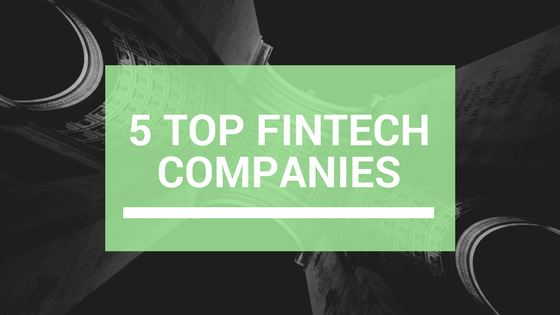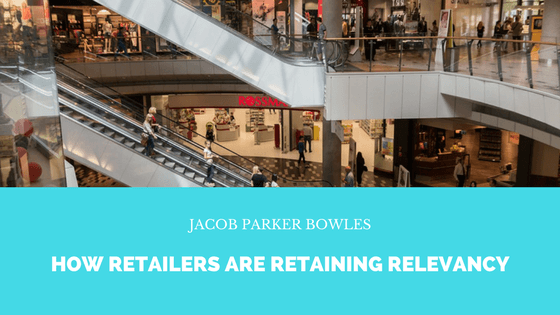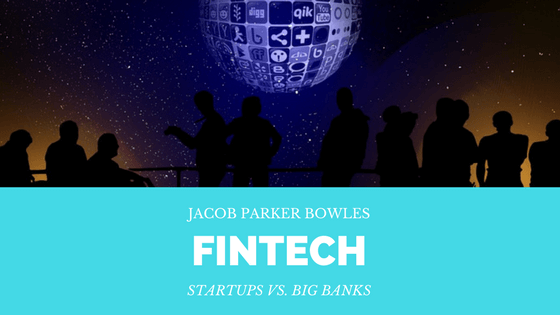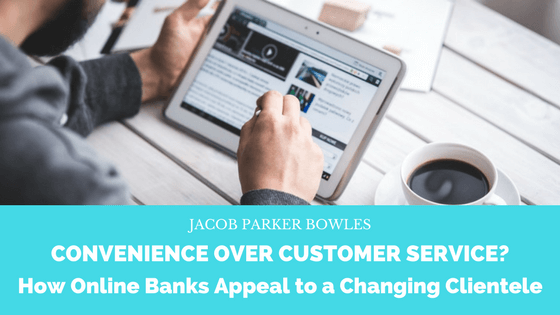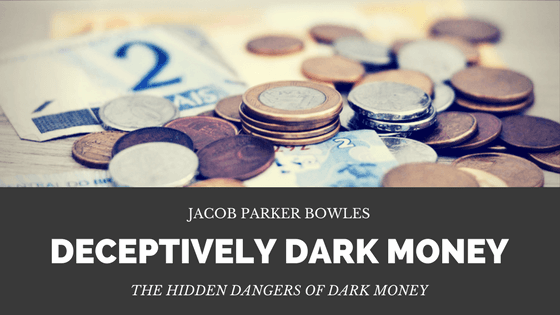Fintech, short for financial technology, is a commonplace term in first world economies such as those of the United States and Europe. Even if you don’t work in the finance sector, you are probably familiar with it. It makes its way into the news all the time with hyperbolic speculation about how fintech will be the ultimate disruptor of traditional banking, overturning archaic legacy systems. It’s true that financial technologies have shaken up traditional financial markets to a certain extent, but exactly how much and in what ways varies across the globe.
To get a sense of how much the fintech sector is disrupting markets, we should look at stock investments in the major fintech markets around the world, on both a macro and micro scale. Overall, fintech has taken the world by storm. According to statistics collected from the 2017 FinTech Adoption Index, the average adoption rate of fintech products around the world is 33 percent- up from 15 percent in 2015. Even in emerging markets such as India, Brazil, China, Mexico, and South Africa, the adoption rate is about 50 percent. Fintech funding around the world totaled $49.7 billion between 2010 and 2015, and $25.8 billion in 2016 alone. As of 2016, there were approximately 1,400 fintech companies throughout 54 countries.
In the macrocosm, it is clear that fintech is a dominant and growing force, but to understand its impact on a deeper level, one should examine regional trends. Here is how the fintech sector plays out across European, U.S., and Asian markets, based on recent data from GP Bullhound and CB Insights.
United States
The United States is a hotspot for fintech activity, representing nearly half (46%) of all global fintech startups valued at $1 billion or more (or unicorns, in finance speak). The United States exhibits a fairly consistent trend over recent quarters where the volume of fintech deals being made is decreasing while the amounts are increasing. The reason for this trend can be attributed to a shift toward large-scale private investments, which could affect the supply of venture capital funding to other startups.
Europe
Fintech investments in European markets, in contrast to the purely capitalist United States, tend to be smaller and more regulated. Only one European fintech investment as of the second quarter of 2017 exceeded $50 million in value. Although the volume and value of investments have decreased since the first quarter of the year, investments follow a pattern according to the European financial year, whereby investors seeks to capitalize on early-stage fintech startups before the end of the fiscal year. Additionally, traditional banking models in the UK are starting to give way to technology-driven ones, as can be seen in ClearBank, the first UK clearing bank built on cloud technology rather than legacy systems.
Asia
The Asian fintech market has experienced rapid growth in the second quarter of the 2017 fiscal year, with deal value and volume both experiencing five-quarter highs. The reason for the spike in Asian fintech markets can be explained by huge investments in financial technologies alongside traditional financial institutions. Rather than disrupting traditional institutions, fintech businesses in Asia tend to supplement the existing infrastructure.
It’s easy to make generalizations about fintech and the effect it has on traditional financial markets around the world, but when we take a step back and examine how it plays out across key markets, it becomes apparent that fintech has a long way to go before it becomes the ultimate disrupter of financial markets people speculate. For now, it exists within a highly volatile market where traditional systems such as legacy banks continue to exist alongside fintech startups, many of them gradually morphing their financial offerings.


